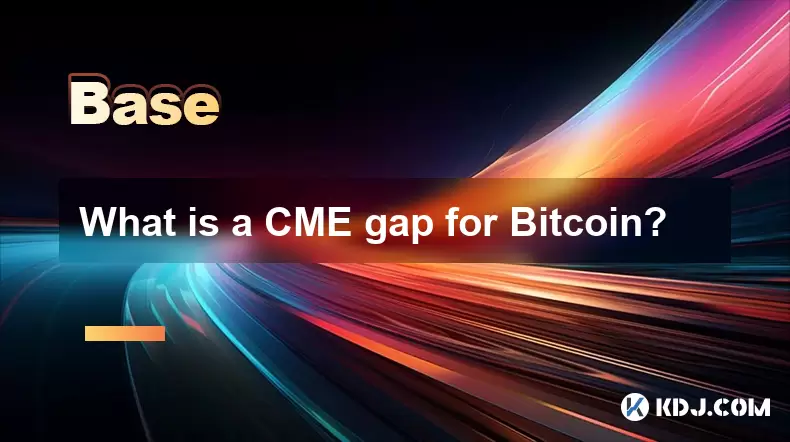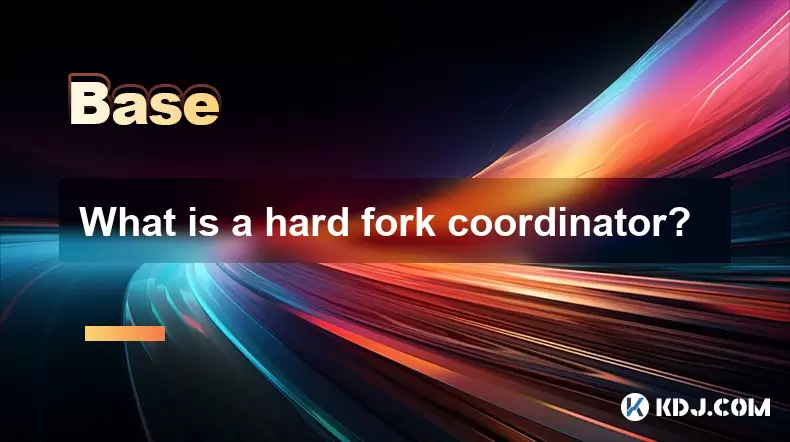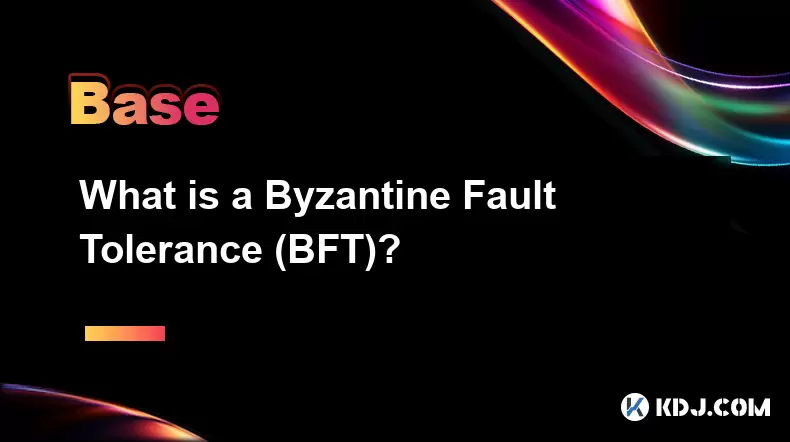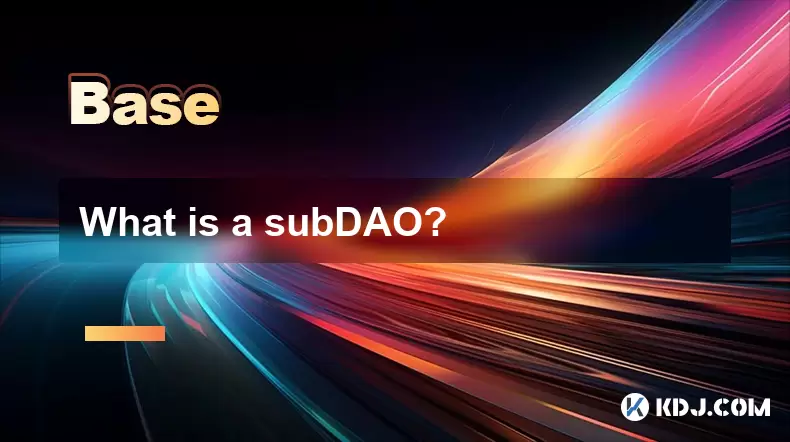-
 Bitcoin
Bitcoin $109,459.7682
2.44% -
 Ethereum
Ethereum $2,598.6052
6.29% -
 Tether USDt
Tether USDt $1.0003
0.00% -
 XRP
XRP $2.2734
3.95% -
 BNB
BNB $661.4886
1.58% -
 Solana
Solana $155.4825
4.35% -
 USDC
USDC $0.9999
-0.02% -
 TRON
TRON $0.2838
1.04% -
 Dogecoin
Dogecoin $0.1740
8.25% -
 Cardano
Cardano $0.6047
9.04% -
 Hyperliquid
Hyperliquid $40.2302
6.50% -
 Sui
Sui $2.9863
10.05% -
 Bitcoin Cash
Bitcoin Cash $509.5786
0.60% -
 Chainlink
Chainlink $13.8156
6.03% -
 UNUS SED LEO
UNUS SED LEO $9.0142
0.69% -
 Avalanche
Avalanche $19.0337
8.68% -
 Stellar
Stellar $0.2438
5.17% -
 Toncoin
Toncoin $2.9012
3.59% -
 Shiba Inu
Shiba Inu $0.0...01210
6.20% -
 Litecoin
Litecoin $90.0882
7.05% -
 Hedera
Hedera $0.1597
8.53% -
 Monero
Monero $326.3340
2.88% -
 Polkadot
Polkadot $3.6365
9.32% -
 Bitget Token
Bitget Token $4.6162
2.72% -
 Dai
Dai $1.0001
0.00% -
 Ethena USDe
Ethena USDe $1.0002
-0.01% -
 Uniswap
Uniswap $7.6403
10.47% -
 Pepe
Pepe $0.0...01060
12.03% -
 Aave
Aave $281.3664
7.56% -
 Pi
Pi $0.4992
1.76%
What is undercollateralized lending?
Undercollateralized lending in DeFi allows borrowers to secure loans with less collateral, using reputation scores and smart contracts to manage risk.
Jul 03, 2025 at 12:14 pm

Understanding the Basics of Undercollateralized Lending
Undercollateralized lending refers to a type of loan agreement in which the borrower provides less collateral than the value of the loan they are receiving. This contrasts sharply with traditional DeFi (Decentralized Finance) lending models, where users must deposit more than the amount they wish to borrow—often referred to as overcollateralization.
In undercollateralized systems, the lender trusts the borrower’s ability or commitment to repay the loan without requiring full asset backing. This model is considered riskier for lenders, but it opens up new opportunities for borrowers who may not have large amounts of crypto assets to lock up.
How Does Undercollateralized Lending Work in DeFi?
Undercollateralized lending typically leverages reputation-based systems, credit scores, or third-party guarantees to reduce counterparty risk. These mechanisms help assess the likelihood of repayment without requiring full asset coverage.
Some platforms use on-chain behavior analysis, such as transaction history and wallet activity, to determine a borrower's trustworthiness. Others may integrate KYC (Know Your Customer) procedures or partner with insurance providers to mitigate default risks.
- Borrowers apply for loans by submitting relevant data or allowing smart contracts to analyze their on-chain activities.
- A dynamic scoring system evaluates the borrower’s reliability.
- If approved, the platform allows the user to borrow funds with only partial collateral, sometimes even zero.
This innovation has enabled more flexible access to capital within decentralized finance ecosystems.
The Role of Smart Contracts in Undercollateralized Loans
Smart contracts play a crucial role in facilitating undercollateralized lending by automating the approval process and enforcing repayment terms. These self-executing agreements can track repayment schedules, trigger liquidation events, or even temporarily restrict access to certain assets if defaults occur.
Platforms using this model often implement programmable conditions that allow partial recourse in case of non-payment. For example:
- Funds borrowed could be restricted to specific uses, such as liquidity provision in a designated pool.
- Repayment could be automatically deducted from earnings generated through yield farming or staking.
These conditional logics help ensure that both parties remain aligned in their financial obligations while minimizing exposure to losses.
Risk Management Techniques Used by Platforms
Given the inherent risks associated with undercollateralized lending, platforms employ various strategies to protect themselves and their lenders. One common method is using insurance pools funded by premiums paid by borrowers or protocol fees.
Another approach involves limiting loan sizes based on reputation scores or historical performance. Some protocols also introduce dynamic interest rates that increase significantly if a borrower’s score deteriorates, discouraging risky behavior.
Additionally, real-time monitoring tools are used to detect unusual activity or signs of potential default. When suspicious patterns emerge, the system may:
- Freeze part of the borrowed funds
- Require additional collateral
- Initiate early repayment
These measures aim to balance accessibility with security in a high-risk environment.
Use Cases and Examples in the Crypto Space
Undercollateralized lending has found practical applications in several areas of the cryptocurrency space. It is particularly useful for liquidity bootstrapping, where projects need short-term funding to launch tokens or incentivize trading pairs without tying up large reserves.
For instance, some decentralized autonomous organizations (DAOs) offer undercollateralized loans to contributors who want to fund development initiatives. In these cases, community governance votes decide whether to approve the loan based on the contributor's track record and proposed use of funds.
Other scenarios include:
- Flash loans, although technically uncollateralized, operate similarly by relying on atomic execution and immediate repayment.
- Credit delegation models, where one party lends their borrowing power to another, enabling undercollateralized access to capital.
These innovative structures demonstrate how undercollateralized lending is reshaping capital efficiency in blockchain ecosystems.
Frequently Asked Questions
Q: Can undercollateralized loans be used for personal crypto investments?
Yes, but only on platforms that allow such usage. Many protocols restrict the use of undercollateralized funds to prevent misuse or speculative trading that could increase default risks.
Q: How is a borrower's credit score determined in DeFi?
DeFi platforms often use on-chain analytics, including transaction frequency, previous loan repayments, wallet age, and token balances, to generate a reputation score. Some integrate off-chain identity verification for enhanced accuracy.
Q: Are undercollateralized loans available on all DeFi platforms?
No, most mainstream DeFi platforms still rely on overcollateralized models. Undercollateralized lending is offered by niche or newer protocols experimenting with credit-based systems and risk-adjusted lending.
Q: What happens if I default on an undercollateralized loan?
Depending on the platform’s design, consequences may include automatic deductions from future earnings, freezing of related assets, or blacklisting from future borrowing. Some systems might also involve insurance-backed loss recovery.
Disclaimer:info@kdj.com
The information provided is not trading advice. kdj.com does not assume any responsibility for any investments made based on the information provided in this article. Cryptocurrencies are highly volatile and it is highly recommended that you invest with caution after thorough research!
If you believe that the content used on this website infringes your copyright, please contact us immediately (info@kdj.com) and we will delete it promptly.
- Coinbase's Crypto Conquest: The Liquifi Acquisition and the Token Revolution
- 2025-07-03 16:30:12
- Neo Pepe Coin: Can This Meme Coin Make Waves in the 2025 Crypto Market?
- 2025-07-03 16:50:12
- Toncoin, Dogecoin, and Shiba Inu: A Wild Ride in the Crypto Zoo
- 2025-07-03 16:30:12
- AllScale: Stablecoin Solutions Empowering Small Businesses – A New York Perspective
- 2025-07-03 16:35:12
- Neo Pepe Coin Presale: Is This Meme Coin a Serious Crypto Investment?
- 2025-07-03 17:10:11
- Memecoins to Buy in July 2025: Riding the Hype or Investing Wisely?
- 2025-07-03 17:10:11
Related knowledge

What is open interest in derivatives?
Jul 03,2025 at 02:49pm
Understanding Open Interest in DerivativesOpen interest is a critical metric used in the cryptocurrency derivatives market, particularly when analyzing futures and options contracts. It represents the total number of outstanding contracts that have not been settled or closed by either party involved. Unlike trading volume, which counts all trades made i...

What is a CME gap for Bitcoin?
Jul 03,2025 at 05:49pm
Understanding the Concept of a CME GapA CME gap refers to a discrepancy in price between the closing price of Bitcoin on the Chicago Mercantile Exchange (CME) and its opening price when trading resumes. This phenomenon occurs because the CME operates during specific hours, typically aligned with traditional market hours, while cryptocurrency markets ope...

What is a liquidation cascade?
Jul 03,2025 at 07:15am
Understanding the Concept of LiquidationIn the realm of cryptocurrency trading, liquidation refers to the process by which a trader's position is automatically closed due to insufficient funds to maintain the leveraged trade. This typically occurs when the market moves against the trader's position and their account equity falls below the required maint...

What is a hard fork coordinator?
Jul 03,2025 at 12:42pm
Understanding the Role of a Hard Fork CoordinatorIn the world of blockchain and cryptocurrencies, a hard fork coordinator plays a critical role during major network upgrades. A hard fork is a significant change to a blockchain’s protocol that makes previously invalid blocks or transactions valid (or vice versa). This type of upgrade requires all nodes o...

What is a Byzantine Fault Tolerance (BFT)?
Jul 03,2025 at 11:49am
Understanding the Concept of Byzantine Fault ToleranceByzantine Fault Tolerance (BFT) is a critical concept in distributed systems, particularly within the realm of blockchain technology and cryptocurrencies. It refers to the ability of a system to continue functioning correctly even when some components fail or behave maliciously. The term originates f...

What is a subDAO?
Jul 03,2025 at 09:36am
Understanding the Concept of SubDAOA SubDAO, short for Sub-Decentralized Autonomous Organization, is a specialized entity that operates under the umbrella of a larger DAO (Decentralized Autonomous Organization). It functions with its own set of rules, governance mechanisms, and tokenomics while remaining aligned with the overarching goals of the parent ...

What is open interest in derivatives?
Jul 03,2025 at 02:49pm
Understanding Open Interest in DerivativesOpen interest is a critical metric used in the cryptocurrency derivatives market, particularly when analyzing futures and options contracts. It represents the total number of outstanding contracts that have not been settled or closed by either party involved. Unlike trading volume, which counts all trades made i...

What is a CME gap for Bitcoin?
Jul 03,2025 at 05:49pm
Understanding the Concept of a CME GapA CME gap refers to a discrepancy in price between the closing price of Bitcoin on the Chicago Mercantile Exchange (CME) and its opening price when trading resumes. This phenomenon occurs because the CME operates during specific hours, typically aligned with traditional market hours, while cryptocurrency markets ope...

What is a liquidation cascade?
Jul 03,2025 at 07:15am
Understanding the Concept of LiquidationIn the realm of cryptocurrency trading, liquidation refers to the process by which a trader's position is automatically closed due to insufficient funds to maintain the leveraged trade. This typically occurs when the market moves against the trader's position and their account equity falls below the required maint...

What is a hard fork coordinator?
Jul 03,2025 at 12:42pm
Understanding the Role of a Hard Fork CoordinatorIn the world of blockchain and cryptocurrencies, a hard fork coordinator plays a critical role during major network upgrades. A hard fork is a significant change to a blockchain’s protocol that makes previously invalid blocks or transactions valid (or vice versa). This type of upgrade requires all nodes o...

What is a Byzantine Fault Tolerance (BFT)?
Jul 03,2025 at 11:49am
Understanding the Concept of Byzantine Fault ToleranceByzantine Fault Tolerance (BFT) is a critical concept in distributed systems, particularly within the realm of blockchain technology and cryptocurrencies. It refers to the ability of a system to continue functioning correctly even when some components fail or behave maliciously. The term originates f...

What is a subDAO?
Jul 03,2025 at 09:36am
Understanding the Concept of SubDAOA SubDAO, short for Sub-Decentralized Autonomous Organization, is a specialized entity that operates under the umbrella of a larger DAO (Decentralized Autonomous Organization). It functions with its own set of rules, governance mechanisms, and tokenomics while remaining aligned with the overarching goals of the parent ...
See all articles

























































































